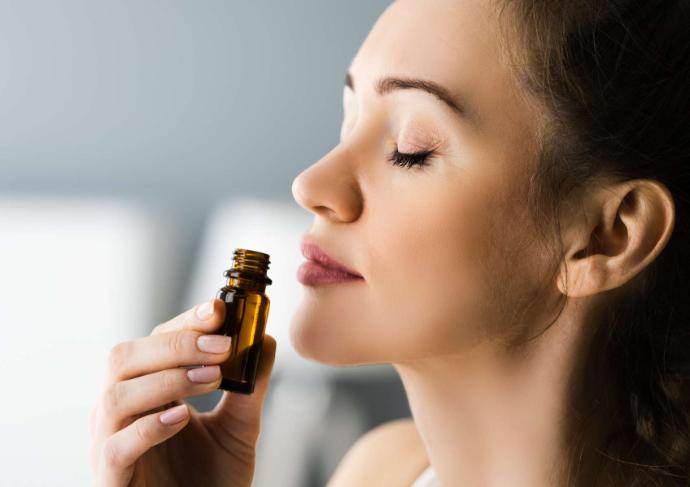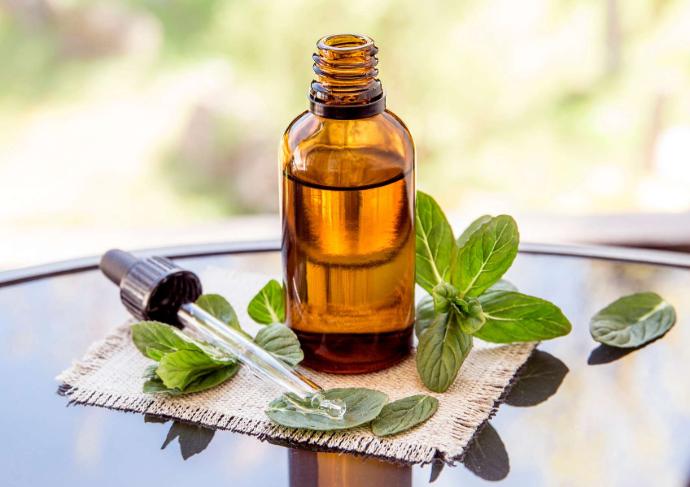Aromatherapy, an age-old discipline at the heart of natural well-being, is enjoying a resurgence of interest in our daily lives. Practiced since ancient times, it uses the properties of essential oils to prevent, relieve or accompany certain physical, emotional and energetic disorders.
But what's really behind this natural science? How are essential oils made and, above all, how can they be used safely and effectively?
In this article, Santi-Shop, your specialist in online sales of natural products, guides you through the basics of aromatherapy, its benefits, manufacturing methods and best practices for use.
Aromatherapy: an alternative medicine based on plants
Aromatherapy is a form of natural medicine. It is based on the use of essential oils, extracted from aromatic plants rich in active ingredients. These concentrated essences contain veritable therapeutic treasures: antiseptic, anti-inflammatory, tonic and soothing, digestivesimmunostimulants...
Contrary to popular belief, aromatherapy isn't just about diffusing pleasant scents. It is a rigorous discipline, used in the home as well as in medical and paramedical settings.
Where do essential oils come from?
Les huiles essentielles proviennent de plantes aromatiques sélectionnées avec soin. Elles sont extraites à partir de différentes parties :
- Feuilles (menthe poivrée).
- Fleurs (lavande).
- Écorces (cannelier).
- Zestes (citron).
- Racines (gingembre).
- Résines (encens).
At Santi-Shop, we attach great importance to the provenance of our essential oils: our partners cultivate responsibly, in preserved environments, to guarantee therapeutic-quality products that are 100% pure, natural and undenatured.
Secrets of essential oil production
The most common extraction method is steam distillation. This gentle process extracts the aromatic molecules without altering them. For certain citrus fruits, cold pressing is used, which respects the integrity of the peel.
Did you know that it takes an average of 100 kg of lavender to obtain 1 liter of essential oil? This meticulous process explains the exceptional concentration of these essences.
The main biochemical families of essential oils
Each essential oil is composed of aromatic molecules belonging to different biochemical families. Knowing their composition is essential for safe, targeted use.
Among the most common:
- Monoterpenes antiseptics and decongestants (pinlemon, eucalyptus).
- Esters antispasmodic and relaxing (fine lavenderRoman chamomile).
- Phenols powerful anti-infectives (oregano, savory, thyme thymol).
- Oxides expectorants and mucolytics (eucalyptus radiata), ravintsara).
- Ketones Healing and mucolytic, but handle with care (peppermint, sage).
How to use essential oils properly
Aromatherapy can be used in a number of ways, depending on the user's needs and profile, and the essential oil chosen:
- Dermal route (diluted in a vegetable oil) for massage or local application.
- Atmospheric diffusion using a diffuser, to purify the air or create a relaxing atmosphere.
- By mouthTo treat certain internal disorders, only on professional advice.
- Dry or wet inhalationideal for respiratory ailments or stress management.

On Santi-Shop, each oil is accompanied by precise instructions for use to guide you in complete safety.
Precautions to take with essential oils
Despite their natural origin, essential oils are highly concentrated, powerful and sometimes irritating substances. Misuse can lead to undesirable effects: burns, allergies, neurological or hormonal disorders.
Here are the main recommendations:
- Never use pure essential oils on the skinexcept in clearly identified cases.
- Always dilute in vegetable oil1 to 5% for daily use.
- Not for use by pregnant or breast-feeding womenexcept on medical advice.
- Not recommended for children under 6.unless specifically formulated.
- Check the specific contraindications for each oil (some are neurotoxic or photosensitizing).
- Do not expose to the sun after applying photosensitizing oils (bergamot, lemon, grapefruit, etc.).
At Santi-Shop, we provide detailed information sheets for each product, including precautions for use and dilution recommendations. Aromatherapy must be practised conscientiously, but with the right information, it's within everyone's reach!
Essential oils: concrete examples of use
Here are a few simple and effective uses you can incorporate into your daily routine:
- Stress et sleep disorders 1 drop of True Lavender on the pillow or massaged into the wrists, diluted in a mild vegetable oil.
- Difficult digestion 1 drop of peppermint essential oil diluted in a spoonful of olive oil or honey (adults only).
- Winter infections distribution ofeucalyptus radiata or ravintsara to purify the air and boost immunity.
- Muscle pain : local application of wintergreen essential oil, diluted in arnica oil.

Each essential oil has its own virtues. That's why Santi-Shop offers you a wide range of chemotyped and organic essential oils, carefully selected for their efficacy and safety.
Why choose Santi-Shop for your essential oils?
Aromatherapy is the gateway to a more natural, independent and health-conscious lifestyle. Properly used, it offers a gentle, effective response to many of our daily ailments.
At Santi-Shop, we believe in the power of plants, but above all in quality, traceability and support. That's why we :
- Our oils are organically grown or sustainably harvested in the wild.
- We work with reputable laboratories that respect nature and people.
- You'll benefit from expert advice and a precise description of each oil.
Want to start aromatherapy or expand your natural medicine kit?
Discover now our selection of natural essential oils and treat yourself to a tailor-made well-being routine!



